Organic pigments have bright colors, bright tones, and low toxicity.
They are increasingly used in the coatings industry. Especially the emergence of some high-performance organic pigments makes it possible to prepare various high-performance coatings.
Carbon black has excellent light resistance, chemical resistance, high temperature resistance and other properties, so its applications are also very wide, covering coatings, inks, plastics, sealants and other industries.
Compared with inorganic pigments, organic pigments have the characteristics of small particle size, large specific surface, and low polarity; although carbon black is an inorganic substance from a chemical point of view, from the perspective of the coating industry, its performance is different from that of inorganic pigments. The properties of organic pigments are very similar. Due to the above characteristics, the dispersion of these two types of pigments is usually difficult. Therefore, careful analysis and comprehensive consideration are required when selecting wetting and dispersing agents. In addition, multi-party experimental screening in the laboratory is indispensable in order to design the best experimental formula and obtain the most ideal coating effect.
Organic pigments can be divided into two categories: azo and polycyclic according to their structure.
•Azos include monoazo, disazo, special azo and metal complexes.
Polycyclics include quinacridones, perylene series, dione pyrrolopyrroles, carbazole, phthalocyanine, quinphthalone, isoindolinone, etc.
Generally, inorganic pigments have higher polarity, while organic pigments are mainly composed of carbon and hydrogen elements in their molecular structure, so they have lower polarity. In addition, most organic pigments have much smaller particle sizes and correspondingly larger specific surfaces than inorganic pigments.
Carbon black particles of different particle sizes have different specific surfaces, forming a series of products ranging from high pigment, medium pigment, ordinary pigment to low pigment. For this series of carbon blacks with different particle sizes, not only the amount of dispersant required varies with the specific surface, but also different dispersant varieties may be needed to achieve the ideal dispersion state. Another characteristic of carbon black is that many varieties have a fairly low pH value (2.5~4.5), which also has a great impact on the choice of dispersant.

